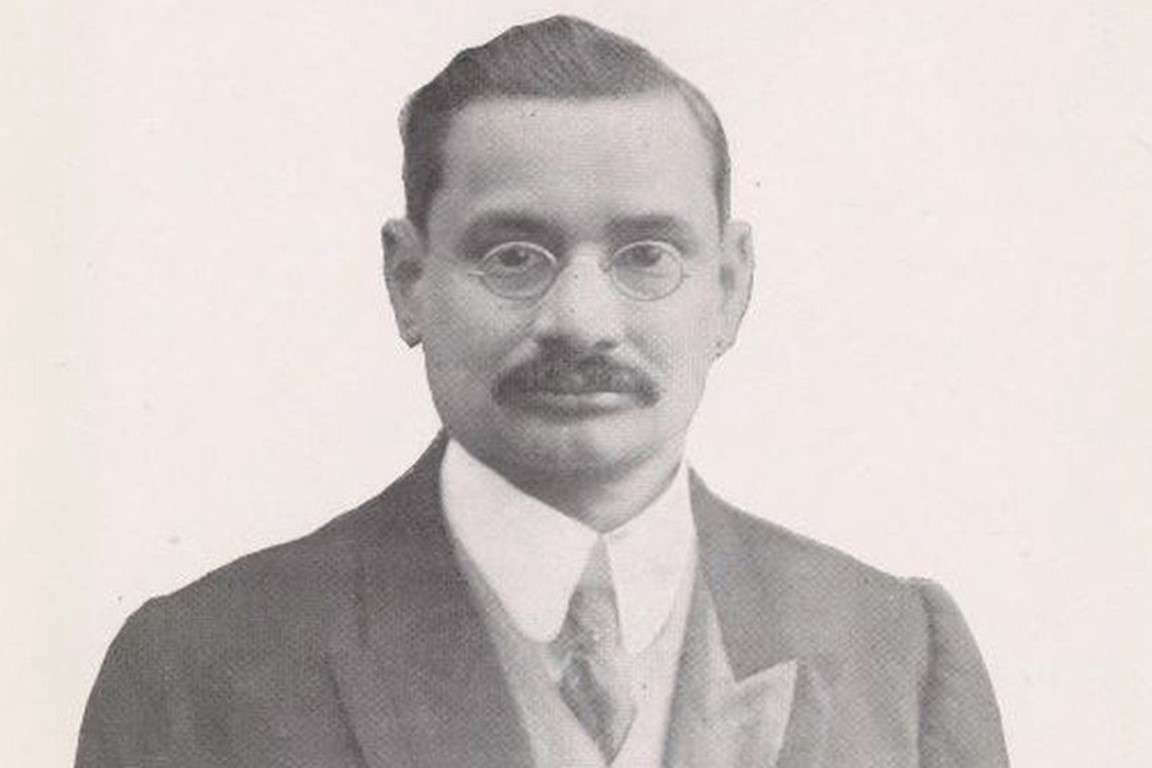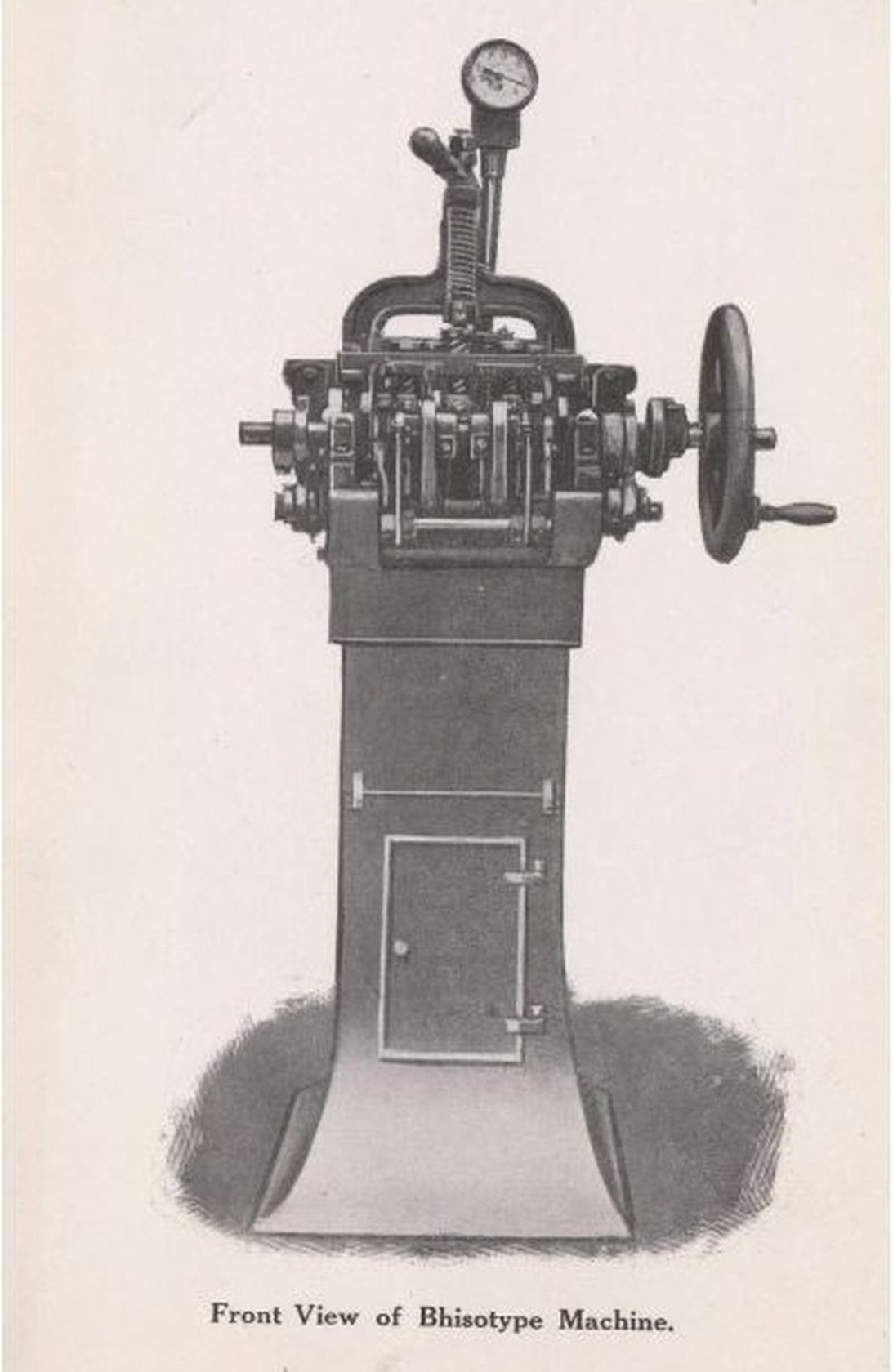
India has seen so many amazing inventors, and they have created revolutionary things and changed the world in their way. Today's technology and gadgets owe to all these Indian scientists who silently pursued their groundbreaking exploration in the corners of their homes, while the nation was being shaken by endless political unrest. Between the battles of liberation, an Indian scientist who was hailed as the Indian Edison, named Shankar Abaji Bhise was shaking the world. This self-taught man came up at a time when India, under the British rule, barely offered support to potential scientists and inventors like today.
Shankar Abaji Bhise was a child prodigy, and he was born on 29 April 1867 in a Marathi Chadraseniya Kayasthu Prabhu family in Bombay. While growing up in Bombay, he indicated his mastery over different sciences and at the age of 14, designed a small apparatus at home which made a gas. As a teenager, he used to spend days reading various science magazines, including the famous Scientific American magazine, and he once told New York Publication that, ‘I owe everything to the mechanical education I received from the American magazine.” After growing up, he understood that science is a collaborative pursuit and then he started a club in Bombay. And in his early 20s, he began designing multiple gadgets like tamper-proof bottles, electrical bicycle contraptions, and also a station indicator for Bombay's suburban railway system.
Bhise also wrote several columns in the Marathi science magazine named ‘Vividh Kala Prakash’, through which he communicated the significance of science. However, things started changing drastically for him in the 1890s, when he won a competition organized by ‘Inventors Review and Scientific Record’, which was a British publication. Bhise won by formulating the design of a machine that would weigh groceries, defeating a whole bunch of British contestants. The local British administration took an interest in his work and supported his trip to London, where he pursued to attract investors.
Before his London trip, he informed his friends that he would not come back to Bombay unless he made it or ran out of money. And just before the trip, he came into the contact with Dinsha Wacha, the then secretary of Indian National Congress and a business tycoon, whose letter of introduction got Bhise into contact with Dadabhai Naoroji, an early hero of the Indian National Movement and a businessman in London. They soon made an agreement, whereby Dadabhai Naoroji agreed to invest in Bhise's work. Bhise invented the things which were related to everyday concerns of people like, kitchen gadgets, automatic toilet flushers, the telephone, and even an early model of the push-up bra. All these extraordinary inventions made him famous in London, but one of his inventions gave him some additional fame in the entire world. The most revolutionary part of his bundle of inventions was his ‘Bhisotype’, which was a printing press that was forever going to change the ways of printing. Initially, he faced distrust and criticism from other English inventors, but he managed to create a working printing press at that time. Bhisotype was capable of casting and assembling 12000 different types a minute, which was way more than any other European machine at the time. But unfortunately, he was incapable to acquire investment for creating the same in time, resulting in the Bhisotype not get adopted commercially, even with the help of Dadabhai Naoroji. Bhise was out of his savings, and he ultimately decided to come back to India in 1908.

While returning to Bombay, Bhise met Gopal Krishna Gokhle, a freedom fighter who was mesmerized by the Bhisotype. Gopal Krishna Gokhale introduced Bhise to Ratan Tata of the Tata Group and they formed a larger partnership to manufacture some of his other cool creations, including the Bhisotype. After working together for a few years, their partnership came to an end, but luckily this launched Bhise into a new Western Market, the USA. In the meantime, Bhise did not look back, and he created around 200 inventions and he patented 40 to his credit.
Subsequently, when Bhise got back to the USA, he again earned some fame with an iodin solution that would enhance people's psychic abilities. Bhise's invention was criticized by some people but it was also promoted by Edgar Cayce, an American Psychic, and Mystic. Followers of Cayce continue to use this solution. However, when Bhise rolled from science to fantasies things started falling off for him. He created objects like a ‘Spirit Typewriter’ which was a distinct take on the paranormal Ouija Board. Later, he passed away on 7 April 1935, in New York at the age of 68. Despite some immoral decisions in his final years, he was a true believer in science, craft, and freedom struggle. He stood by the thinking of Dadabhai Naoroji in London and he also supported the ideas of Mahatma Gandhi. It was Bhise's skills and hard work, which took him from the crowded side streets of Bombay to international fame as an inventor. And no one can wipe out the giant legacy that he has left for the nation.
___________________________________________________________________
Reference:
(www.bbc.com / www.mapsofindia.com / www.wikipedia.org)
